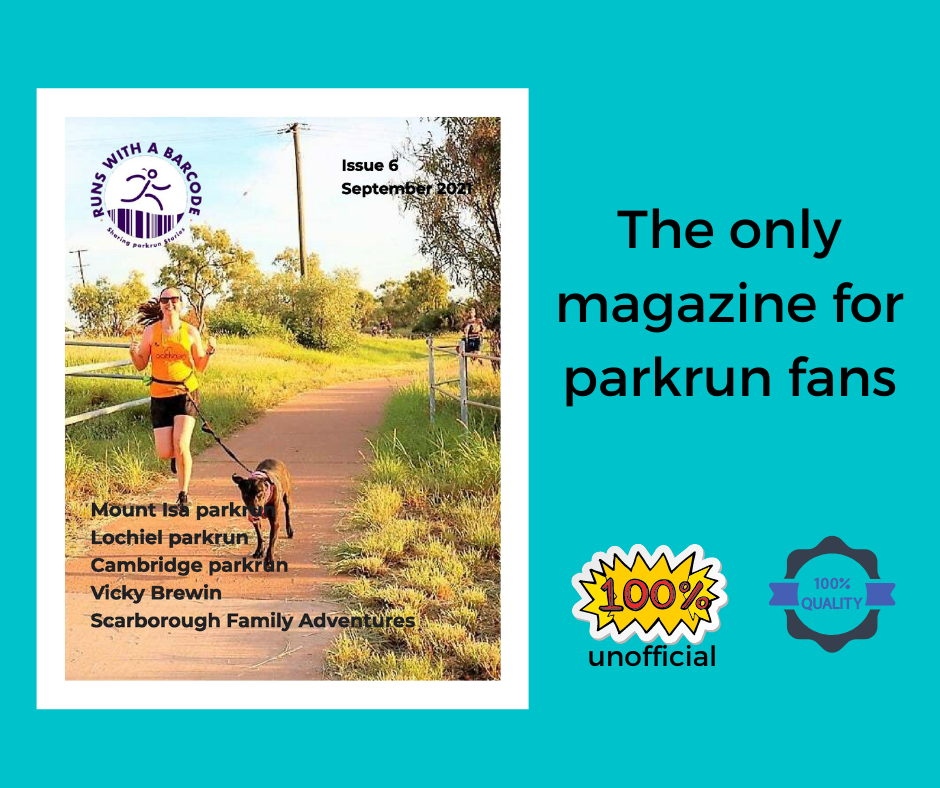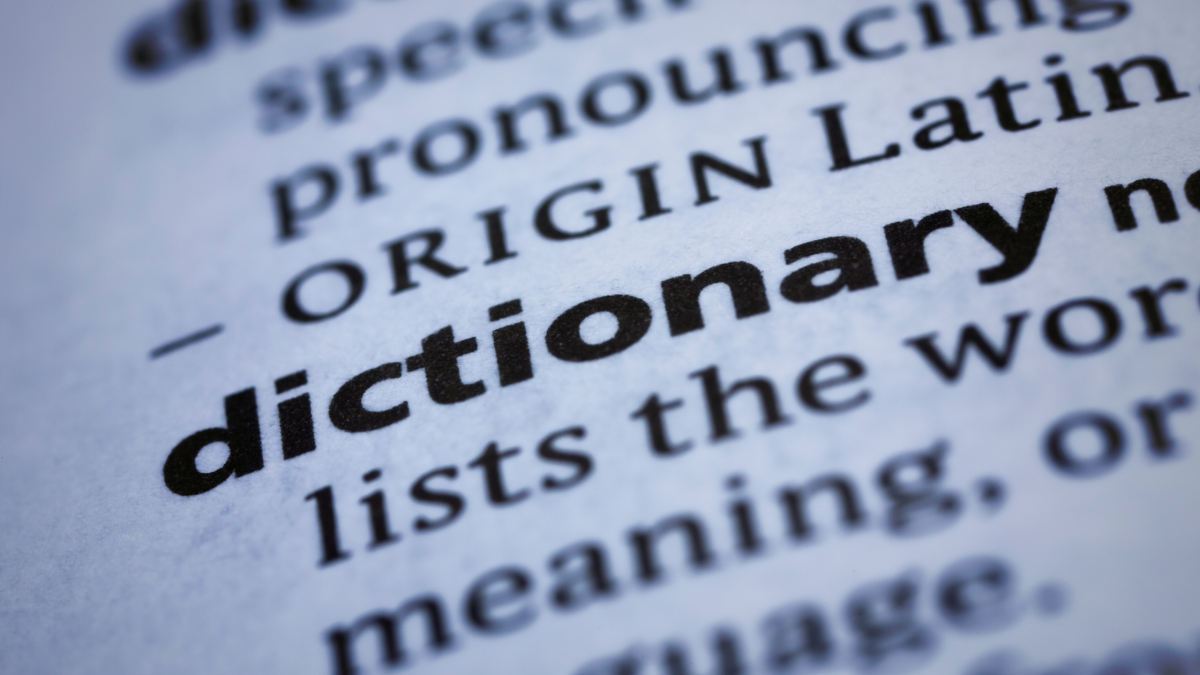The meaning behind New Zealand parkrun names
I read an interesting post in an Australian parkrun tourism group recently regarding the names of events, especially those with indigenous names.
It got me thinking about the events we have in New Zealand (including events yet to start) and their meanings.
Since we have far fewer events than in Australia I decided to go through each one and give explanations regarding their names as far as I could.
If you have any other explanations behind the names I’d be happy to hear.
Anderson
Anderson parkrun is held in Anderson Park, Napier. It is named after Haskell Anderson, who bequeathed $40,000 for its development in the 1960s.
Balclutha
Balclutha comes from the Scottish Gaelic for Town on the Clyde (Baile Cluaidh). The town was founded by Scottish settlers who named the river for Glasgow’s River Clyde.
Barry Curtis
Barry Curtis parkrun takes place in Barry Curtis Park. Sir Barry Curtis was a former mayor of Manukau City.
Blenheim
Blenheim was originally known as Beaverton but was renamed Blenheim after the Battle of Blenheim (1704), where troops led by John Churchill, 1st Duke of Marlborough defeated a combined French and Bavarian force. Its Māori name is Waiharakeke, meaning flax stream.
Cambridge NZ
Cambridge was named after the Duke of Cambridge, Commander in Chief of the British Army in 1864. Its Māori name is Kemureti.
As Cambridge parkrun already existed in the UK, NZ was added as a suffix to signal it was a different Cambridge.
Cornwall Park
Cornwall Park has undergone a few name changes. It was Mt Prospect Estate, then in 1853 One Tree Hill Estate.
It was renamed in 1901 in honour of the Duke and Duchess of Cornwall and York, who were visiting at the time. Its Māori name is Maungakiekie, meaning mountain of the kiekie vine.
Dunedin
The name Dunedin comes from Dùn Èideann, the Scottish Gaelic name for Edinburgh, the capital of Scotland. The city was founded by The Lay Association of the Free Church of Scotland.
East End
East End is a coastal suburb of New Plymouth. The parkrun starts and finishes within sight of the East End Surf Lifesaving Club.
Flaxmere
The original European owner of the land that became the Flaxmere township, Sir William Russell called his estate Flaxmere. Subdivision that created the township began in 1963. It’s known to Māori as Paharakeke, harakeke is New Zealand flax.
Foster
Foster parkrun is in Foster Park, Rolleston and is named after the family who previously owned the land.
Gisborne
Gisborne was originally known as Turanga and renamed Gisborne in 1870 in onour of New Zealand Colonial Secretary William Gisborne. Its Māori name is Tūranga-nui-a-Kiwa, meaning Great standing place of Kiwa.
Greytown Woodside Trail
This parkrun is a trail connecting Greytown and Woodside and is the site of an old railway line. Greytown was named after Governor Sir George Grey, who arranged for the land to be bought from local Māori. Woodside is the name of the railway station.
Hagley
Hagley Park was named after Hagley Park, the country estate of Lord Lyttelton, who became chairman of the Canterbury Association in March 1850.
Hamilton Lake
Hamilton was named after an English ship captain, John Charles Fane Hamilton, who was killed during the Battle of Gate Pa in Tauranga in 1864. Its name in Māori is Kirikiriroa, meaning “long stretch of gravel” in reference to an area on the west bank of the Waikato River.
There are two other parkruns using the name Hamilton, the others are Hamilton parkrun in Hamilton, Victoria, Australia, and Hamilton Island parkrun in Hamilton Island, Queensland, Australia.
Hobsonville Point
In 1853, the Crown bought 600 acres on this Auckland peninsula from Ngati Whatua and renamed the area from Onekiritea to Port Hobsonville after Captain William Hobson, the first Governor of New Zealand.
Invercargill
Inver comes from the Scottish Gaelic word inbhir meaning a river’s mouth and Cargill is in honour of Captain William Cargill, who was at the time the Superintendent of Otago, of which Southland was then a part.
Kāpiti Coast
The coast is named after Kāpiti Island. The name Kāpiti is an abbreviation of the Māori Te Waewae-Kāpiti-o-Tara-raua-ko-Rangitane or the junction line of the boundaries between the Ngai Tara and Rangitane tribal lands.
Lower Hutt
The river Hutt is named after one of the founding members, director and chairman of the New Zealand Company, Sir William Hutt. The urban area is divided into Upper Hutt and Lower Hutt. Before it was given a colonial name, the Hutt River was known to Māori as Te Awakairangi, meaning esteemed or precious.
Millwater
Millwater is a new suburb of Auckland. In 2005 a number of themes were developed for naming the area. The name Millwater combined an element of history (milling Kauri) with the area’s predominant geographical asset, water, which was used to transport the timber;
Owairaka
Owairaka is in the Auckland suburb of Mount Albert, which was named after Queen Victoria’s consort, Prince Albert. The Māori name for the peak is Ōwairaka, which means Place of Wairaka; she was the daughter of Toroa, the commander of one of the great voyaging canoes, Mātaatua.
Palmerston North
On foundation, the British settlement was bestowed the name Palmerston, in honour of Viscount Palmerston, a former British Prime Minister. The suffix North was added in 1871 to distinguish the settlement from Palmerston in the South Island.
Pegasus
The Pegasus was the name of the sailing ship which surveyed Pegasus Bay and other parts of the South Island in 1809. The township is named after the bay.
Porirua
The name Porirua may represent a variant of pari-rua, meaning two tides, a reference to the two arms of the Porirua Harbour
Puarenga
Puarenga comes from the Māori for “flowers of sulphur”. The stream is called this after the petal-like sulphur particles that sometimes float on the surface.
Queenstown
There are lots of theories but it was most likely named after Cobh in the Republic of Ireland which in 1849 was renamed Queenstown in honour of Queen Victoria (Cobh reverted to its current name in 1920 during the Irish War of Independence). Its Māori name is Tāhuna, meaning shallow bay.
Sherwood Reserve
Sherwood Reserve is part of Brown’s Bay, which was named after the area’s earliest settlers, Peter and Mary Brown. They purchased 136 acres of land in 1876, which they developed into a farm, complete with orchard and apiary.
Sherwood Reserve adjacent to Freyberg Park was formed during the 1970s when the surrounding land was subdivided for residential use, I have been unable to find a reason behind its name.
Taupo
The name Taupo, by which the town is commonly known, is the shortened version of its Māori name, Taupō-nui-a-Tia. Literally translated, Taupō-nui-a-Tia means “The great cloak of Tia”; the explorer Tia discovered the lake.
Tauranga
The name Tauranga is a Māori name having the meaning of safe anchorage or resting place.
Trentham Memorial
Named after the English childhood home of John Barton, who purchased a large area of land beside the Hutt River in 1841.
University of Waikato
Named after the university in which grounds this parkrun is held. The name Waikato originated during the voyage of the Tainui canoe, which had journeyed from Polynesia. Arriving just off the mouth of the river, the crew remarked upon the kato (the pull of the river current in the sea) and thereafter the name Waikato (wai meaning water) was given to the river.
Wanaka
The name Wanaka is a corruption of Oanaka, which means “place of Anaka”, Anaka being the name of an early Māori chief of this district.
Western Springs
After colonisation, the area was part of a block of land farmed by William Motion, a Scottish settler. The area was called Western Springs to differentiate it from the springs in the Auckland Domain to the east of the town.
Whanganui Riverbank
Whanganui comes from the Māori for big bay, or big harbour. Whanganui is known as the River City. The parkrun runs alongside the riverbank.
Whangarei
There are several histories that describe how Whāngārei was named. One is to lie in wait, another is to gather. Ngātiwai named the harbour Whangarei-te-rerenga-parāoa (the gathering place of whales) because whales gathered there to feed during summer. Another interpretation is that the harbour was a gathering place for chiefs.
Another suggestion is the full name was either Te Whanga-o-Reitū or Te Whanga-o-Reipae.
One meaning of whanga is harbour; these names mean the harbour of Reitū, or the harbour of Reipae. Two sisters, Reitū and Reipae, flew from Waikato in the form of two birds. Reipae stayed at the Kaipara. Reitū flew on and was seduced by Manaia in the harbour that bears her name. A variation of this tradition is that Reitū and Reipae arrived on the back of a single bird and that Reipae married Tāhuhu-pōtiki there.
The final suggestion is Whangarei-o-te-tohorā.
This name means “waiting for the breastbone of the whale”. One tradition refers to an incident where a young tohunga attempted to trick an older tohunga into revealing his highest knowledge. The master tohunga rebuffed his inquiries, saying, ‘E whanga nei i te rei o te tohorā?’ – Are you waiting (whanga) for the opportunity to extract the breastbone (rei) of the whale (tohorā)?


5 replies on “What’s In A Name?”
Fascinating stuff Alison, I just love this sort of thing, thanks.
Love a bit of parkrunpedia, thanks 🙂
very interesting Alison, cant wait to get back over to do some more 🙂
Great stuff
Can you do what you have done for the New Zealand parkruns for the Australian Parkruns too please ?
It would be most helpful and good reading.
The list is much longer! Might have to do it state by state. I would love to do more about Australian parkruns too. Please join the Runs With A Barcode parkrun Clubhouse on facebook, would love to learn more about your parkrunning